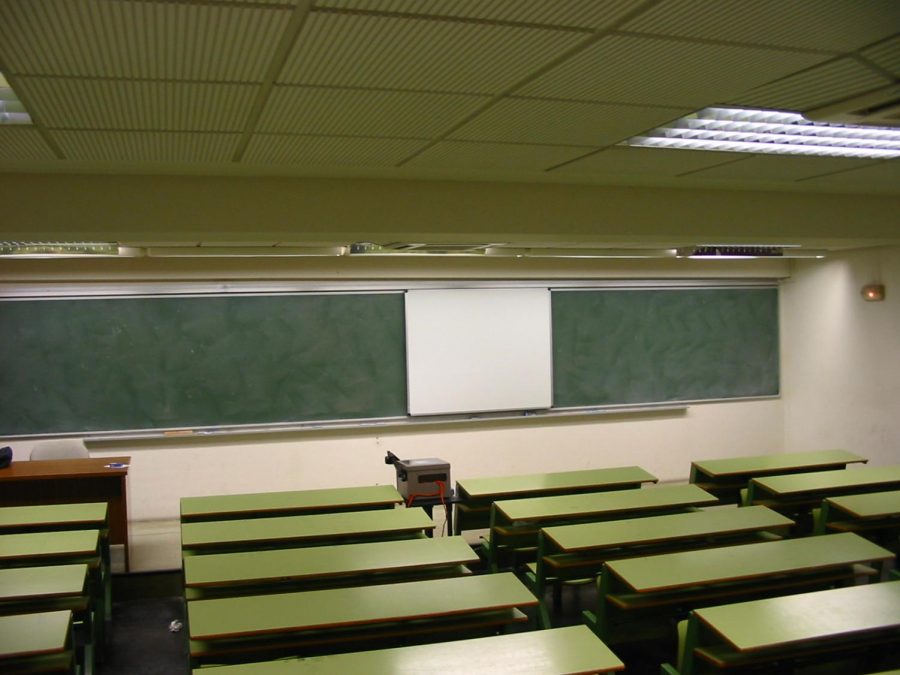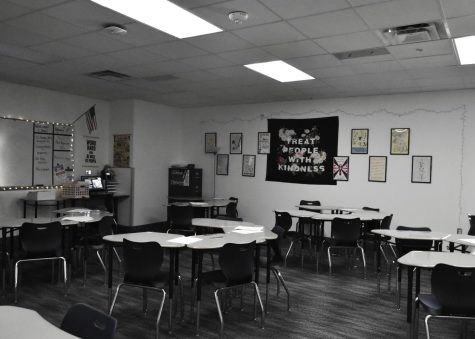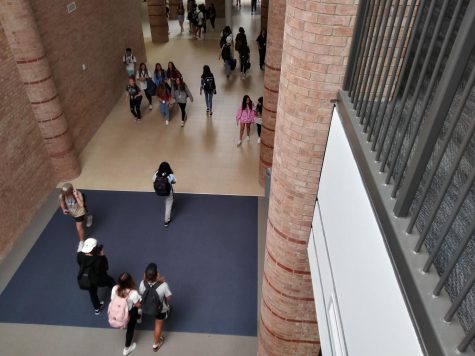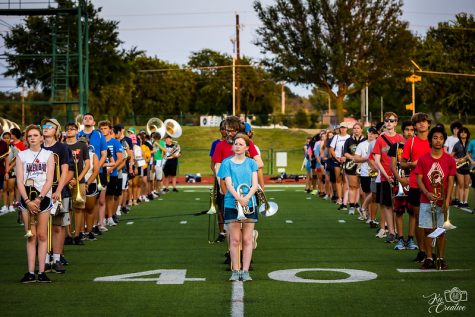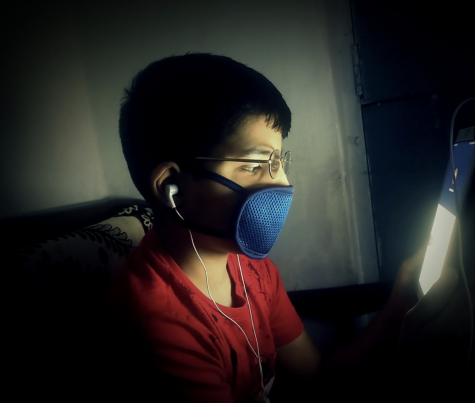How COVID-19 Has Affected Education
The COVID-19 pandemic has had the possibility to ravage the average person’s way of life drastically in just over six months.
So much has happened since March and now education across the country is in a very peculiar position. The spread of COVID-19 and the clustered environment at Allen High School don’t don’t mix well, which has resulted in various precautions taken by AHS and other schools in order to combat the virus. Whether or not those precautions are effective depends mostly on the student’s experiences, such as these.
COVID-19 came as a shock to students in March, with the general consensus being that it was getting very serious around the timeframe of spring break.
“I think the moment when I realized it was getting really serious in the U.S. was when I saw people walking around with masks before it was announced and I started getting worried,” at-home learner and junior Victoria Davis said. “Then, when they did the lockdown order I was like ‘this is serious’.”
An in-person learner and another junior Daniel Bilton otherwise believes that it reached the level that it did when the school delays and cancellations happened.
“After the first week of spring break, Allen High School said, ‘hey, you guys will be staying an extra week,’ and I was thinking, ‘oh great, an extra week’” said Bilton. “But then after that second week, they were saying ‘no you won’t be able to come back to school because of COVID[-19],’ and that’s when I started to think ‘wow this is getting serious’.”
It was a hard fact to process that the rest of the year would be spent indoors, but the replacement for the last nine weeks was “satisfactory” to say the least, The recent, newer system implemented in the first three weeks is much better, according to senior Devon Chatman, another at-home learner.
“Given the time they had to plan it out, I think they did the best they could in that timeframe,” Chatman said. “I feel like this is much better. In order for kids to get their education and stay safe, this is very effective.”
Davis shared her more critical thoughts on the ending of the quarter, “initially I thought we were just gonna do video calls all the time and it would be very different from what we would normally do in school, but in the end it just felt like a lot of homework.”.
Although the conditions of the lockdown passed, the threat of COVID-19 still loomed over the schools, causing controversy over what the plan would be for long-term education in a new era of fear. AHS came up with an improved solution, at least for the first three weeks.
“Having a schedule can really help a lot of people,” Bilton said. “In Physics, all of my assignments are due at the end of the day so it’s at the front of your mind because you have to get it done, instead of it being ‘oh it’s due on Friday’ and then let’s say either one you forget about it or two you don’t look over your notes and get a bad grade.”
Although the procedure for the first three weeks has been relatively unchanged for at-home students, Bilton, as an in-person learner, believes that the school is doing a good job with containing the virus, using lunch as a primary example.
“I do think that they are taking this stuff very seriously. For example, I will be eating at lunch with my friend like [name redacted for privacy reasons] but they will have certain dots that will make you sit six feet apart to where there are only 2 people at one table,” Bilton described.
Similar procedures to what is being implemented in AHS are also being implemented in schools across Texas. One of which being Jesuit College Preparatory School of Dallas, a private Catholic school. A student at this school, Andrew W,, detailed the processes of how Jesuit Dallasis handling COVID-19, with many similarities and differences when compared and contrasted with AHS.
“They divided us into two cohorts by last name, I think it was A-L, and you go [in-person] 2 days a week, I go Tuesdays and Fridays, and then everyone is online on Wednesday, because we are a Catholic School, we have prayer services and then we have all our classes online,” the student said. “[For Mondays and Thursdays] since I’m in my own cohort, the other cohort will be at school that day but I will be there with teams, so that like the teacher can share screens or they can mount cameras.”
Although Allen and Jesuit Dallas have many differing schedules and options for students, both have very similar safety precautions.
“We have masks and because we are a private school and are funded better, we added like this extra filter that’s supposed to help and these UV lights,“ Andrew W. further elaborated. “Most of the hallways are one way hallways. Pre-COVID[-19] you had eight people to a table but now there’s four people to a table and there’s plexi glass in between. Because we can only have four people per table, they added some more outdoor type dining [areas]. They also during ‘peak hall hours’ they’d section people off at a time to leave.”
Despite all of this, Allen High School and Texas students as a whole have still been able to persevere in this difficult time. Those are just a few of the many students having new experiences because of COVID-19, and time will tell how long the new precautions last.
“Given the current situation, I wouldn’t think it would happen this semester. It’d probably go on to 2021 and honestly that might be the case,” Davis said. “ I feel like if a lot of people started following these regulations, cases would start slowing down we’d start to go back to normal.”
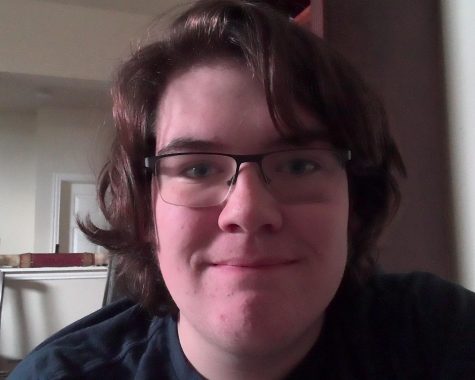
Colin Campbell is the senior managing editor for the Eagle Angle. His interests are current events, political discussions, criticizing and making fun of...


